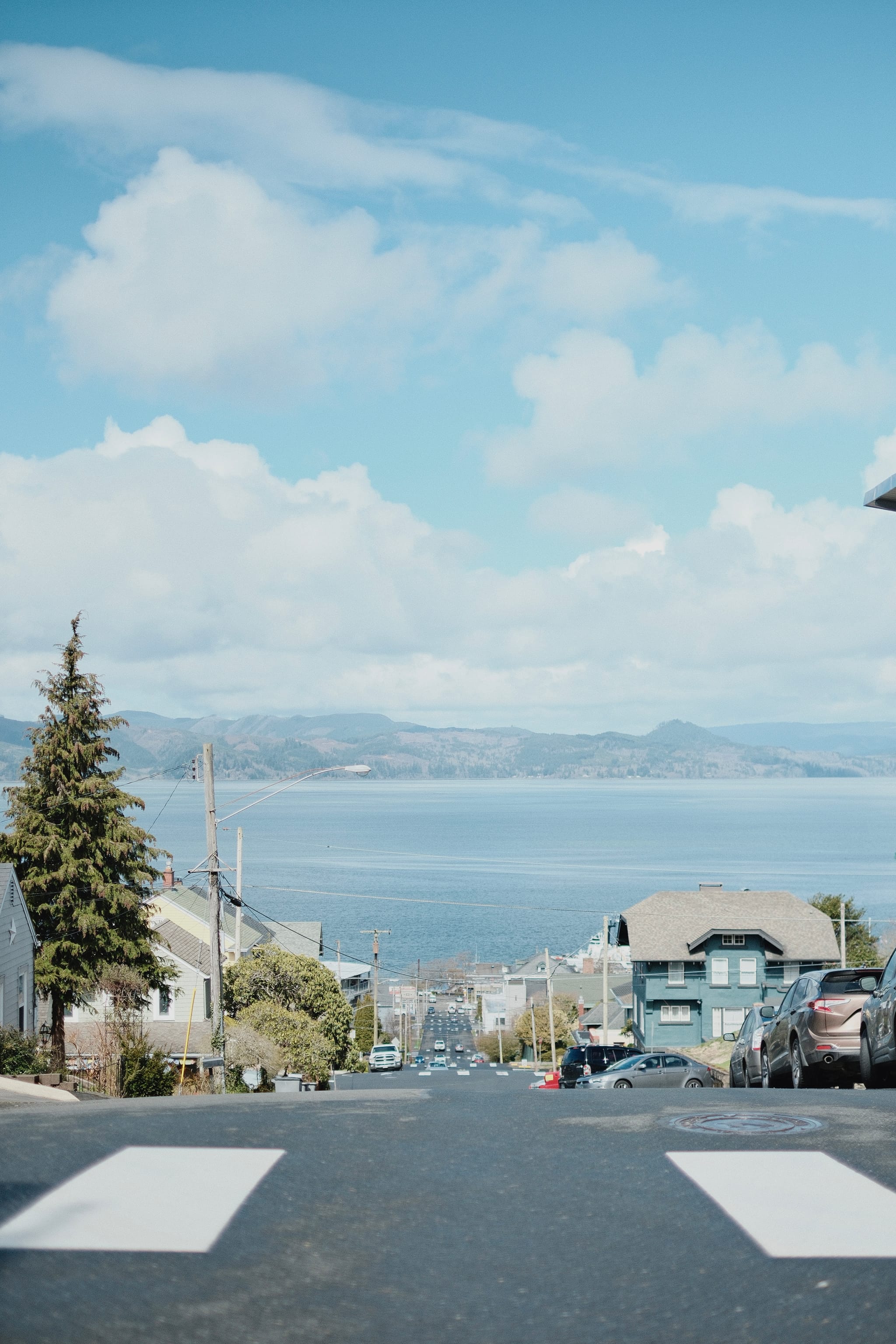Oregon & Washington

This week I used the Swiss Army Knife metaphor way too many times. The idea of a useful, compact, multifunctional and versatile tool is very appealing! Imagine a collection of small, sharp tools at your service.
I like the idea of the Swiss army knife more than the actual thing. Maybe I never had a good one.
I have dedicated considerable time automating team cadences, and it has been quite fun and productive. I should organize all the different actions and automations I use every day and share them. Maybe it should be a website 🤔?